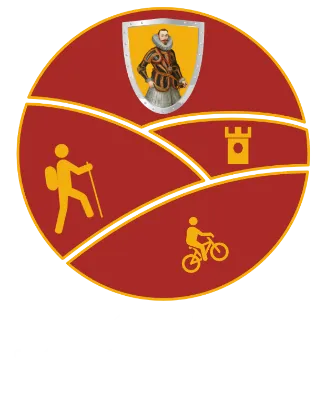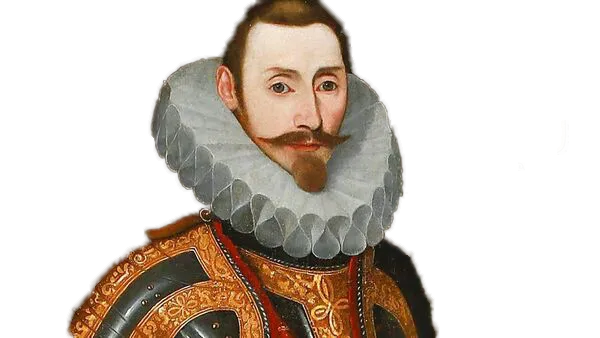Templederry and Latteragh
Templederry is a lovely little village, close to Cooneen hill and the Ballincurra hills. You’ll find excellent walking country in breathtaking surroundings with ample wildlife, from strenuous hill walking by beautiful lochs, to gentler, shorter routes off the main loop, which are also suitable for wheelchairs.
Latteragh got its name from the dewy hillsides, it is supposed that Saint Odhran called it that name because of the hillsides round about.
Hogan's Pub & Grocery in Templederry
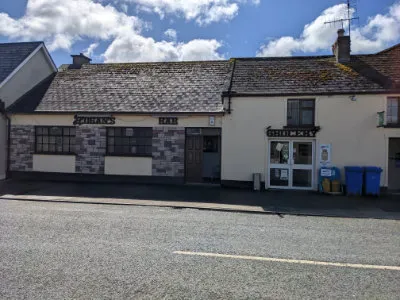
Templederry History
Castle Otway
Castle Otway is a former 18th-century country house located on a hill near Nenagh in County Tipperary, Ireland. The house was built in stone and had a 7-bay frontage with a tower house added in the 19th century at the rear. The castle and surrounding land were granted to John Otway in 1685 and passed down to his descendants, including Admiral Sir Robert Otway and the author Caesar Otway.
Henry Otway, who married Sarah Cave of Stanford Hall, Leicestershire, became Baroness Braye in her own right after Henry's death. The property passed down to their son Robert, who died young with no children, and then to a cousin, Vice-Admiral Robert Jocelyn Otway. Eventually, the house was inherited by William Clifford Bermingham Ruthven, who adopted the surname Otway-Ruthven.
Castle Otway image by Liam Hughes from Milwaukee, WI, USA - Castle Otwa

Latteragh History
The Latteragh graveyard is situated less than a mile to the north east of the main Nenagh to Thurles Road, about 8 miles from Nenagh. It occupies the site of an important monastery founded by St John was said to have died, probably from plague, in 548 A.D.
In the early Christian period, there may have been up to 2000 scholars at monastery of Latteragh. St Odhran is still remembered by his holy well, which is a short distance from Latteragh in Glenmore upper townland.
There has been excavations of three gravestones in this graveyard. They have crosses inscribed on them and have been dated to the eighth or ninth centuries A.D. This is the period when the monastery was flourishing. The ruins of the castle probably date from the 12th century, when the monastery had gone into decline and Latteragh became a parish.
There was a Norman settlement at Latteragh from the early 13th century. The stone castle nearby was owned by the de Marisco or Morres family. The monument to Sir John Morris is weathered and rather difficult to read. According to Playfair, 1811, the full text should read: ‘ here lie at the body of Sir John Morres of Knockagh, Baronet. Born the 29th day of August, 1620, who died the 26th day of October, 1720, and the body of the honourable Ellen Butler, Lady Morres, his wife, who died the 27th day of May, 1721. For home this monument was erected by Nicholas Morres, their son. Requiescant in Pace’
O’Sullivan Beare, on his journey north from Glengariff in 1602/3 is said to have taken refuge in the latter church in January, 1603, where he was attacked from the castle across the road.
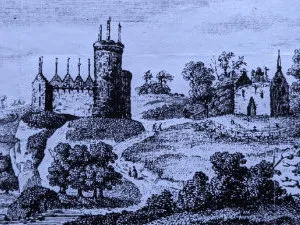
A sketch of Latteragh castle & monastery
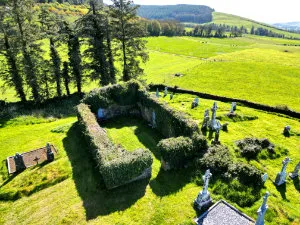
Latteragh graveyard
St. Odhran of Latteragh

© 2023 In Tipperary, All Rights Reserved.
Web Design by Pixelweb Design
